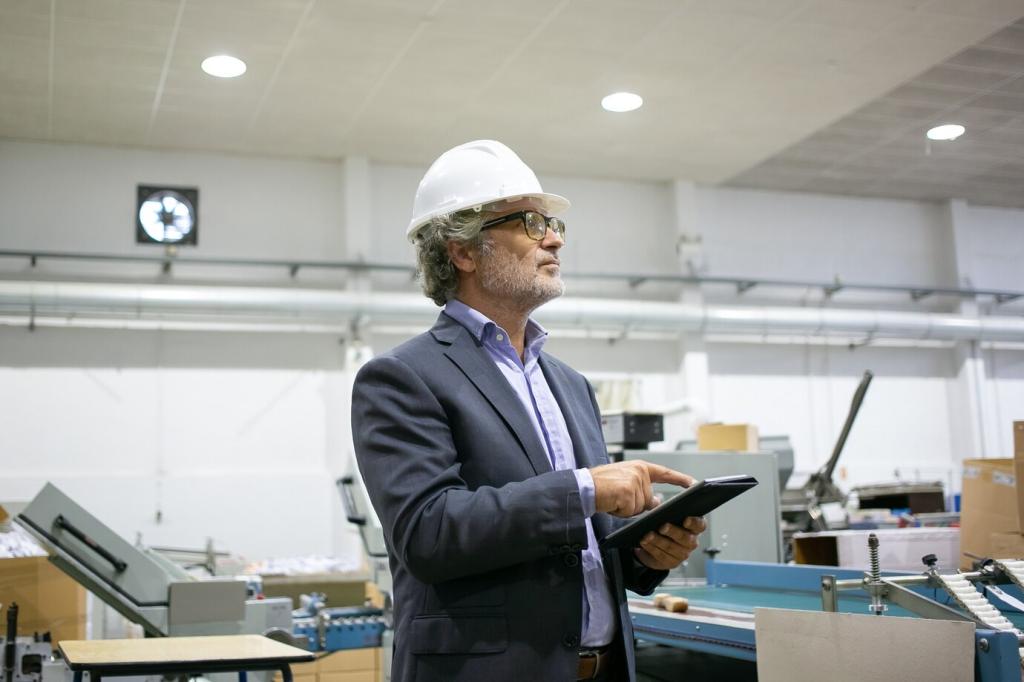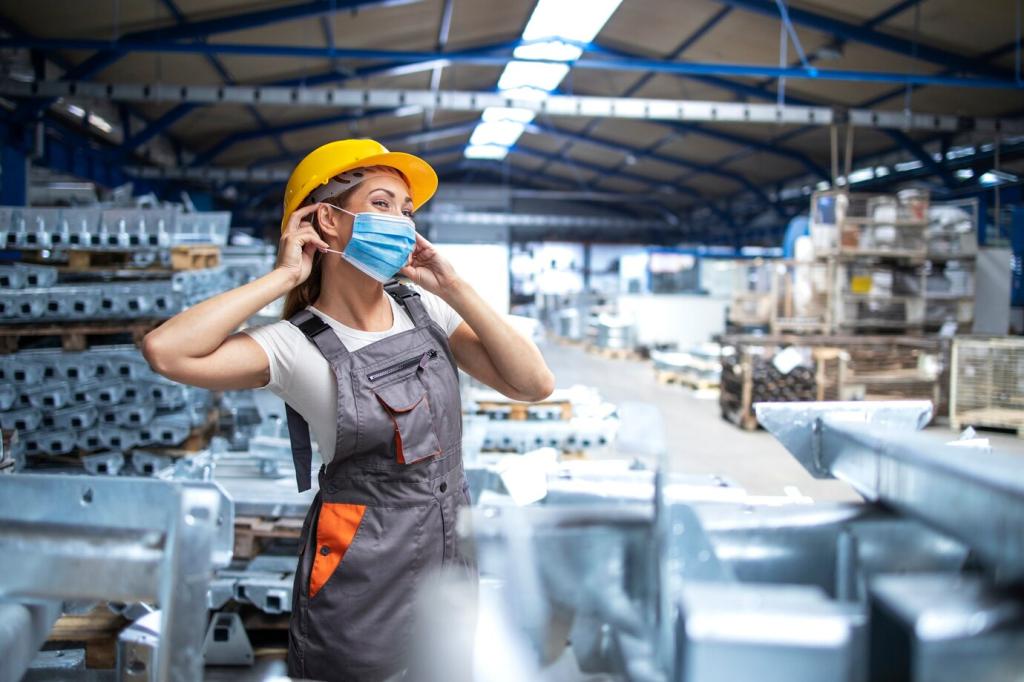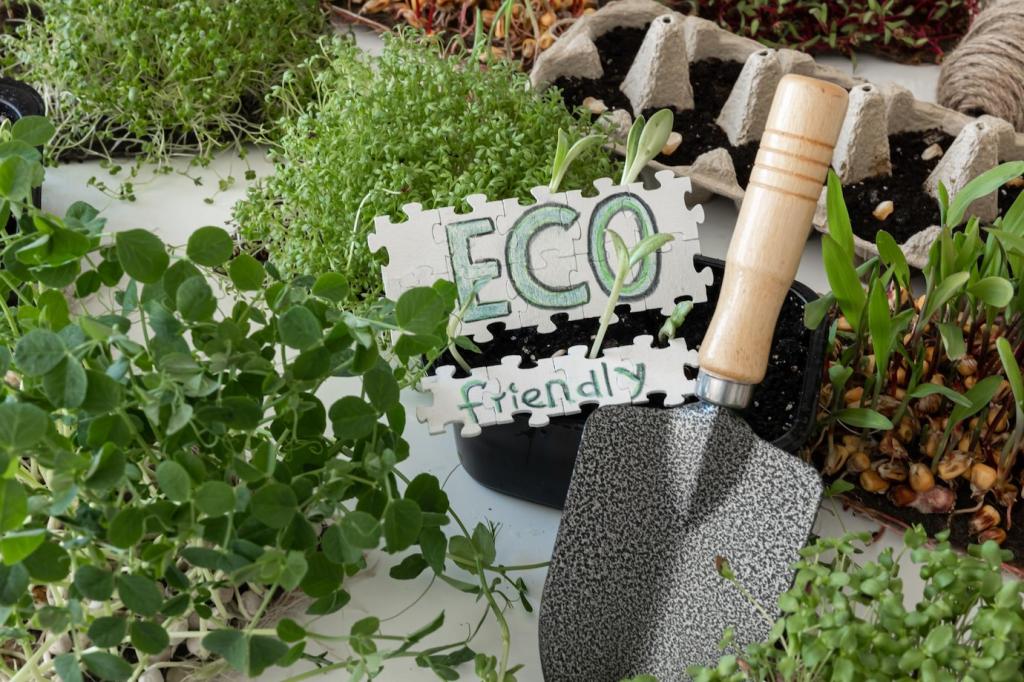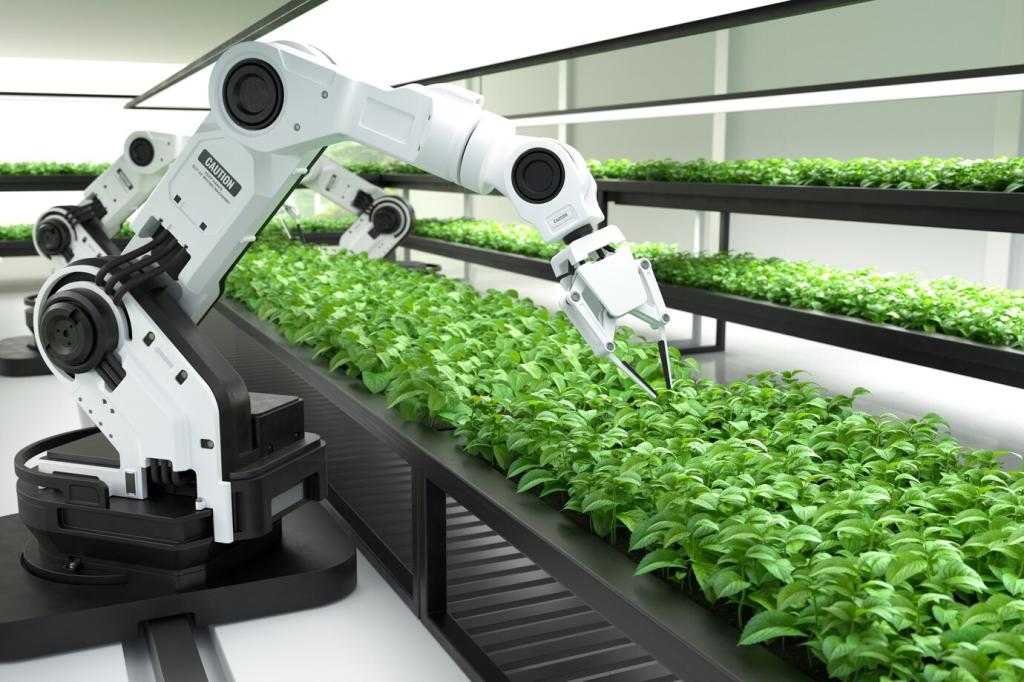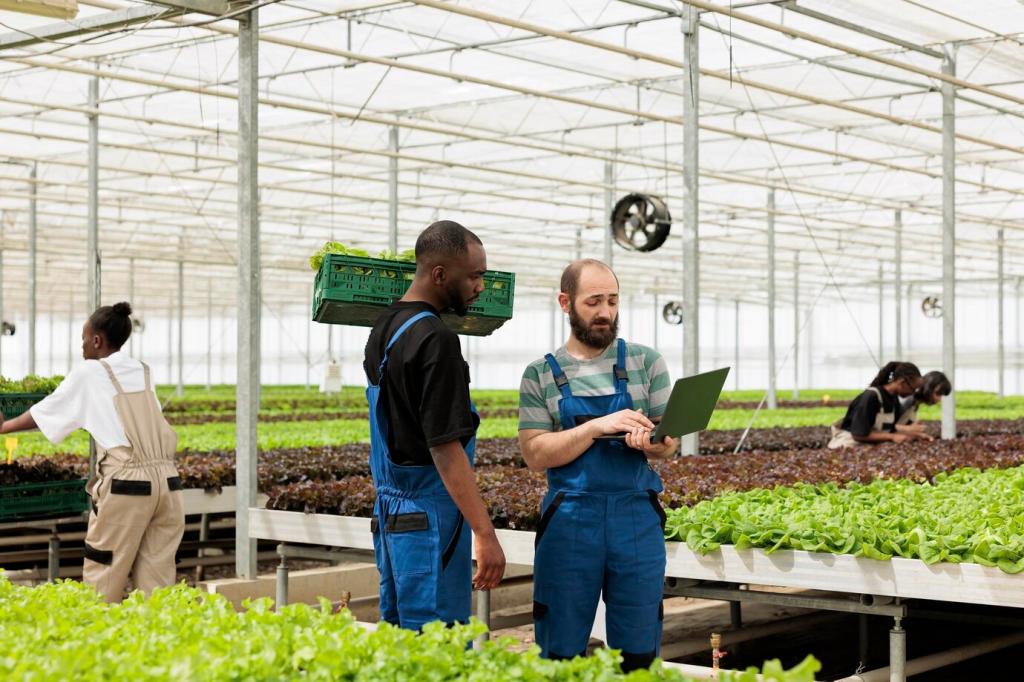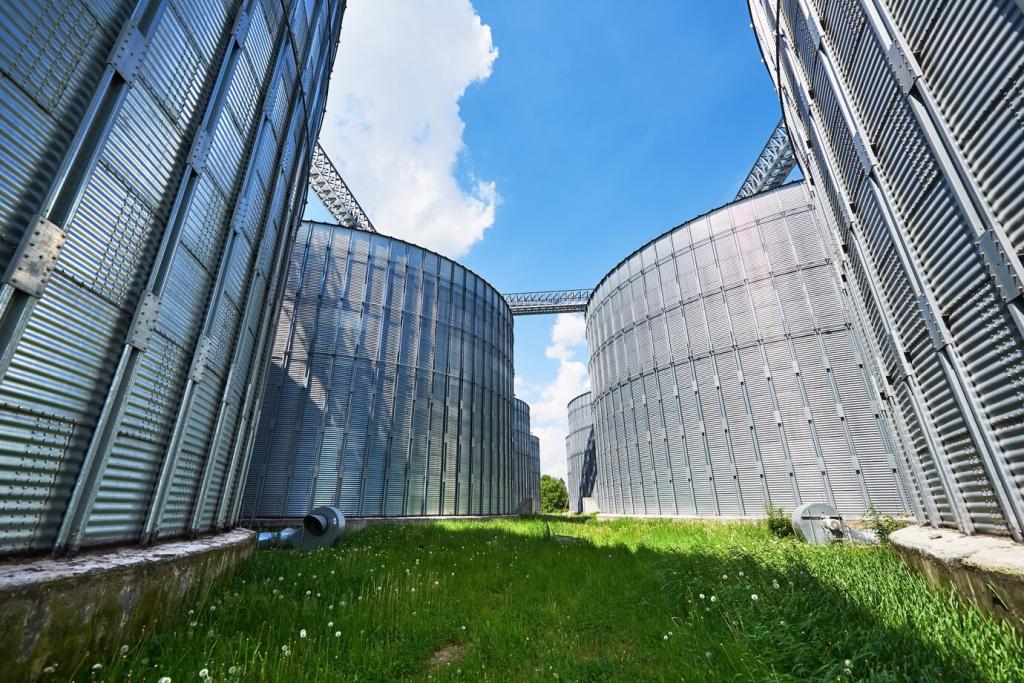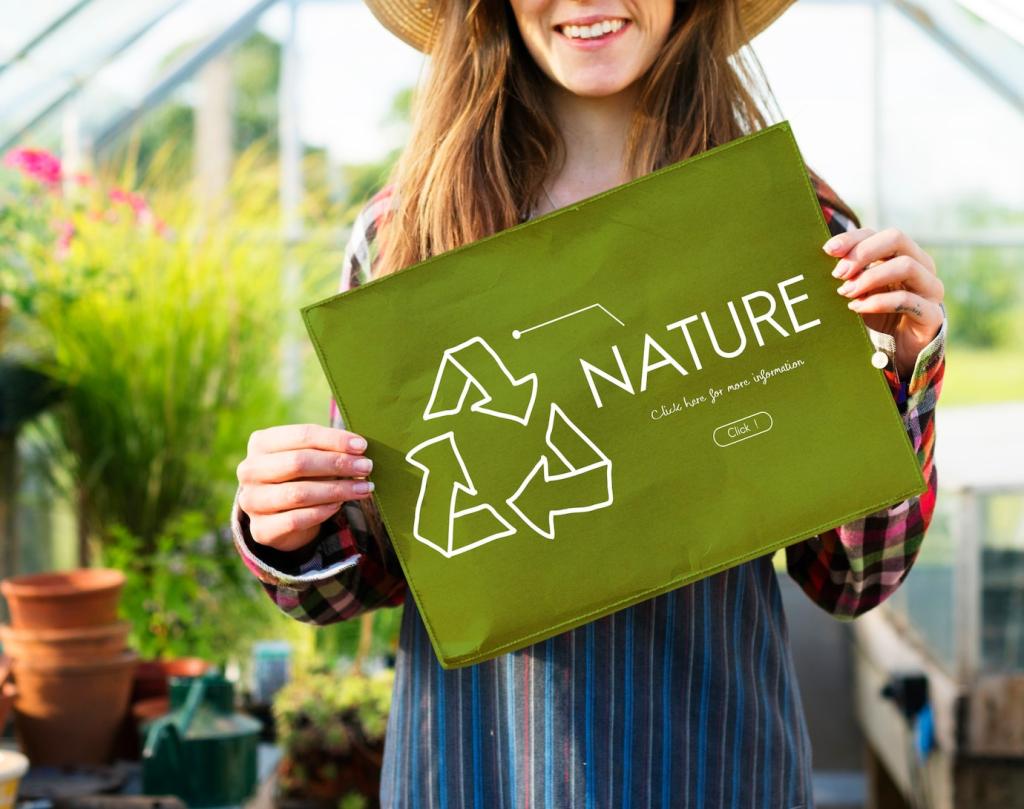Turning Insights into Action
Focus on the few processes that dominate impacts. Pilot new orientations, increase batch sizes, or update support strategies. Report progress quarterly to sustain momentum and celebrate small victories that accumulate into major improvements.
Turning Insights into Action
Ask material vendors for energy, recycling, and logistics data. Share results with customers through clear visuals and plain language. Honest limitations foster trust—and helpful feedback that sharpens your next iteration’s environmental performance.
Turning Insights into Action
Tell us which LCA questions keep you up at night: metals versus polymers, regional grids, or durability testing. Comment below, subscribe for upcoming tutorials, and vote on future deep dives into life cycle analysis of 3D printed products.
Turning Insights into Action
Lorem ipsum dolor sit amet, consectetur adipiscing elit. Ut elit tellus, luctus nec ullamcorper mattis, pulvinar dapibus leo.

